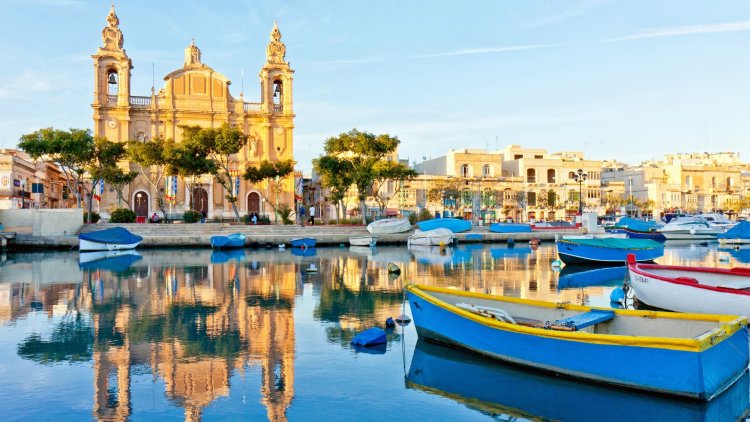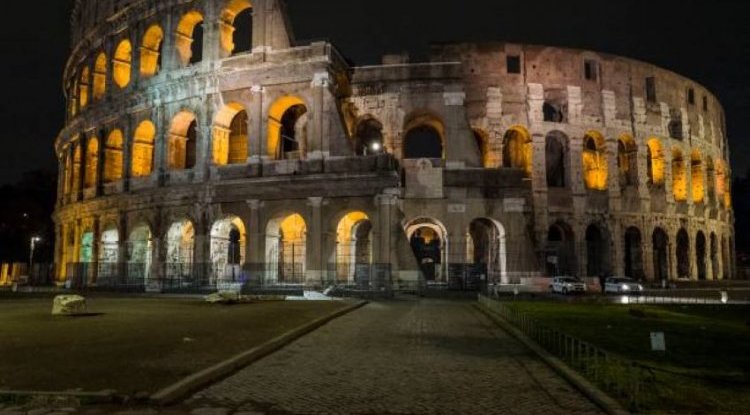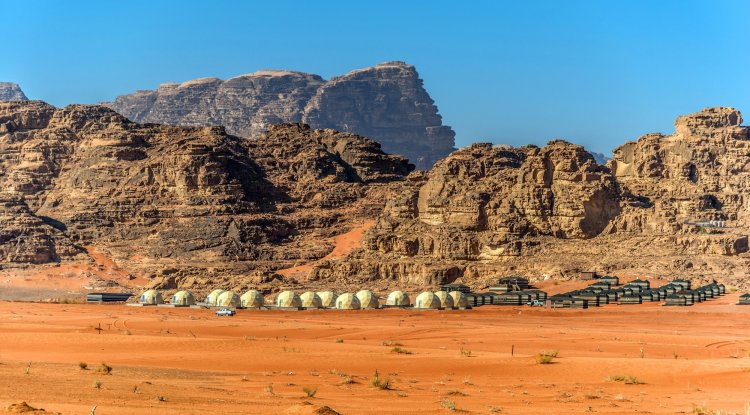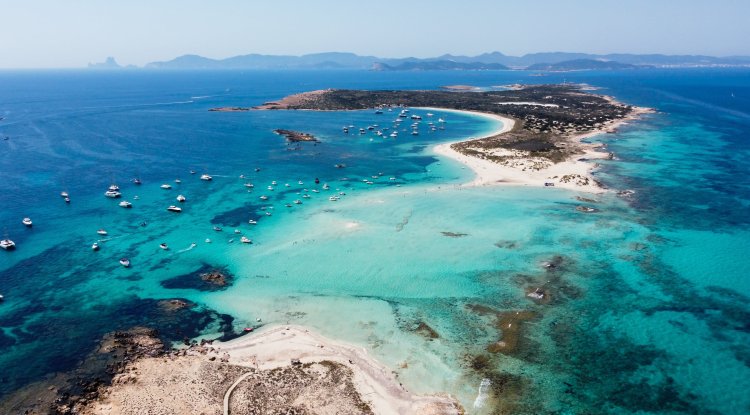All You Need to Know About Malta's Capital City
“A city built by gentlemen for gentlemen," British statesman Benjamin Disraeli described a European capital with these words.

“A city built by gentlemen for gentlemen," British statesman Benjamin Disraeli described a European capital with these words. London? Rome? Athens? None of them. This was his impression after visiting one of the smallest capitals, Valletta in Malta, in 1830.
Valletta enchanted him with its architecture and palaces that were worthy of Venice, and it is no wonder when we take into account the rich cultural heritage and history of Malta. Arabs, French, British, and many others who left their mark passed here.
Precisely because it was often the target of various conquerors, Valletta was a fortified city. After the so-called “The great siege of Malta” in 1565, its bastions, castles, and towers began to rise aesthetically and Valletta became home to artists and architects who enriched the city. Among them was even the famous Italian painter Caravaggio, who is considered by many to be the founder of the Baroque.
In that sense, this was the golden period of the small capital (which, by the way, only then became the Maltese capital, replacing the former Mdina). All political, economic, and cultural activities merged here in the form of small shops, workshops, and art studios. As many as 8,000 gentlemen have worked for years to build lavish palaces and homes for all newcomers.
The Knights Hospitaller, also known as the Knights of Malta and the Knights of the Order of Malta, were responsible for erecting more than 300 monuments throughout this small town. The domes of the churches are so skilfully made that even today visitors can admire the panoramas of the city.
Today, Valletta is inscribed on the UNESCO World Heritage List in Europe, and if you go on a Mediterranean dream vacation, visit at least some of these famous attractions: St. John's Cathedral, which houses Caravaggio's most important works, the Prime Minister's building known as the Auberge de Castille et Leon, Manoel Theatre, Upper and Lower Barrakka garden…
Valletta has an area of less than a square kilometer, so you can really visit every street.





























